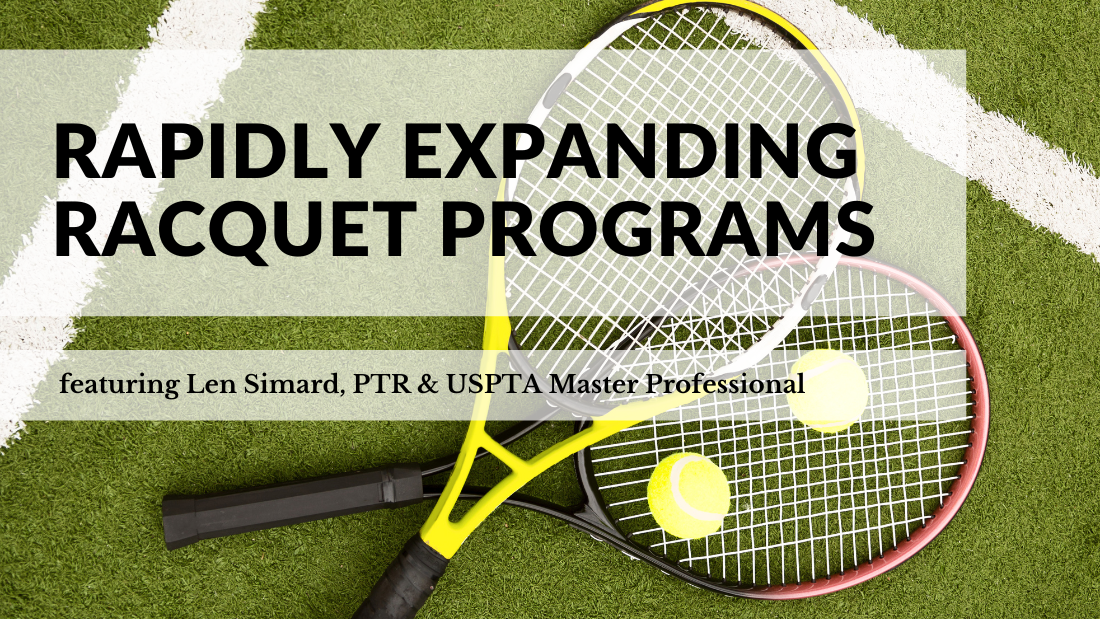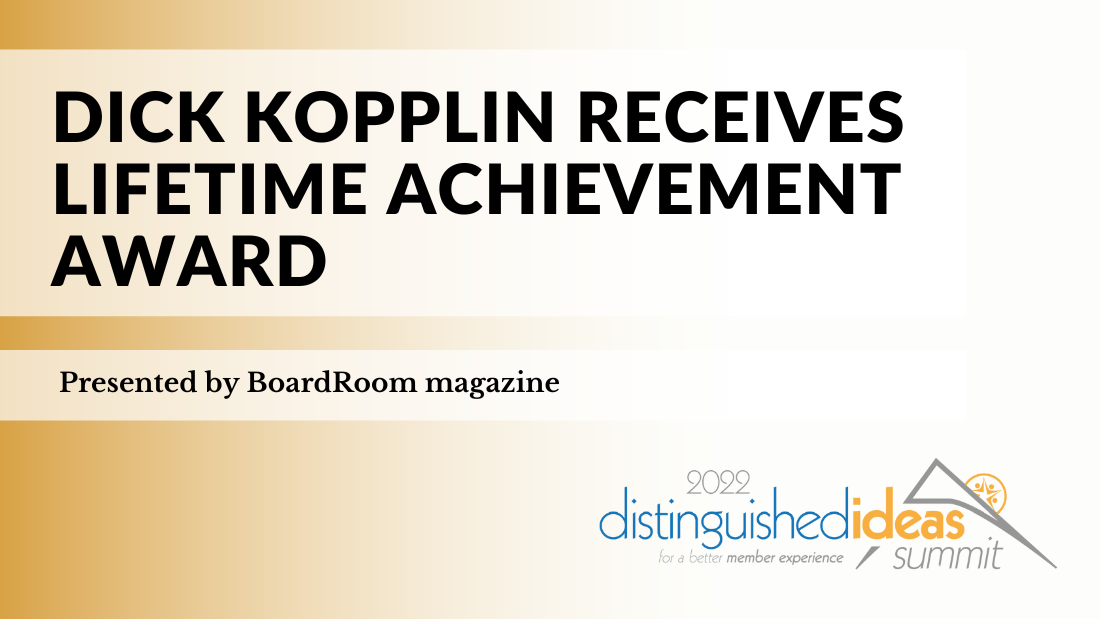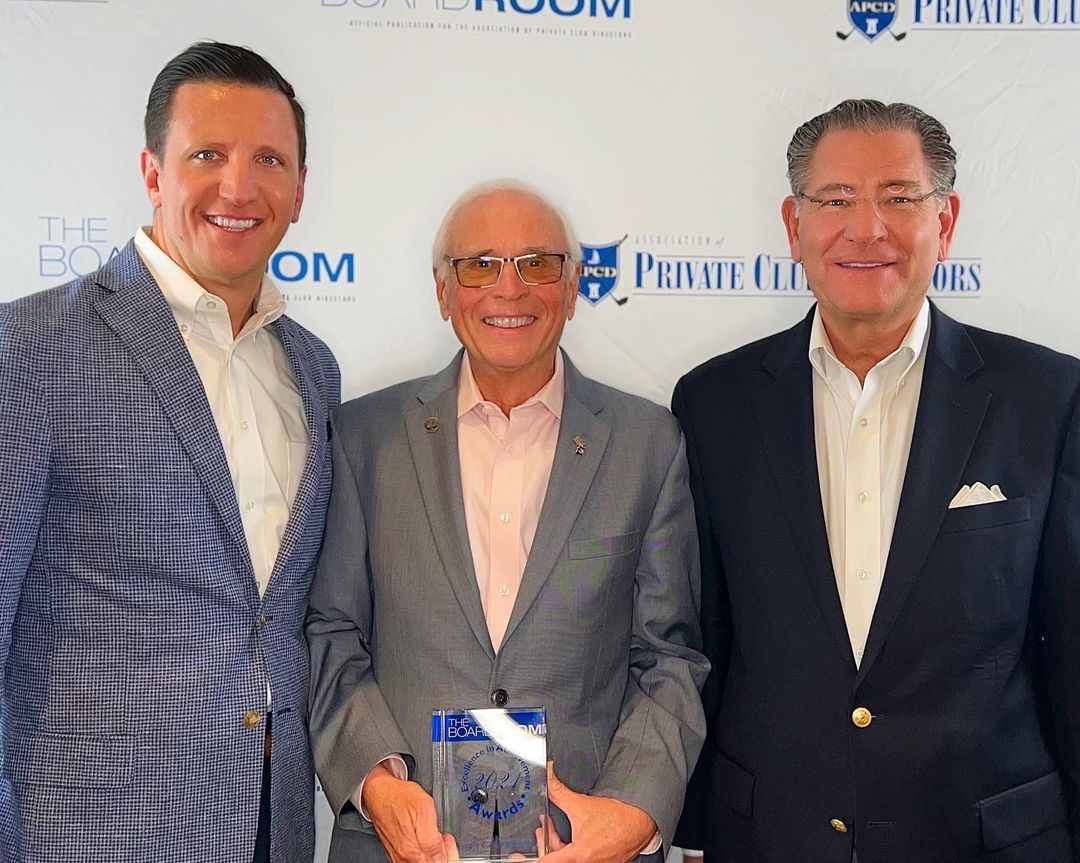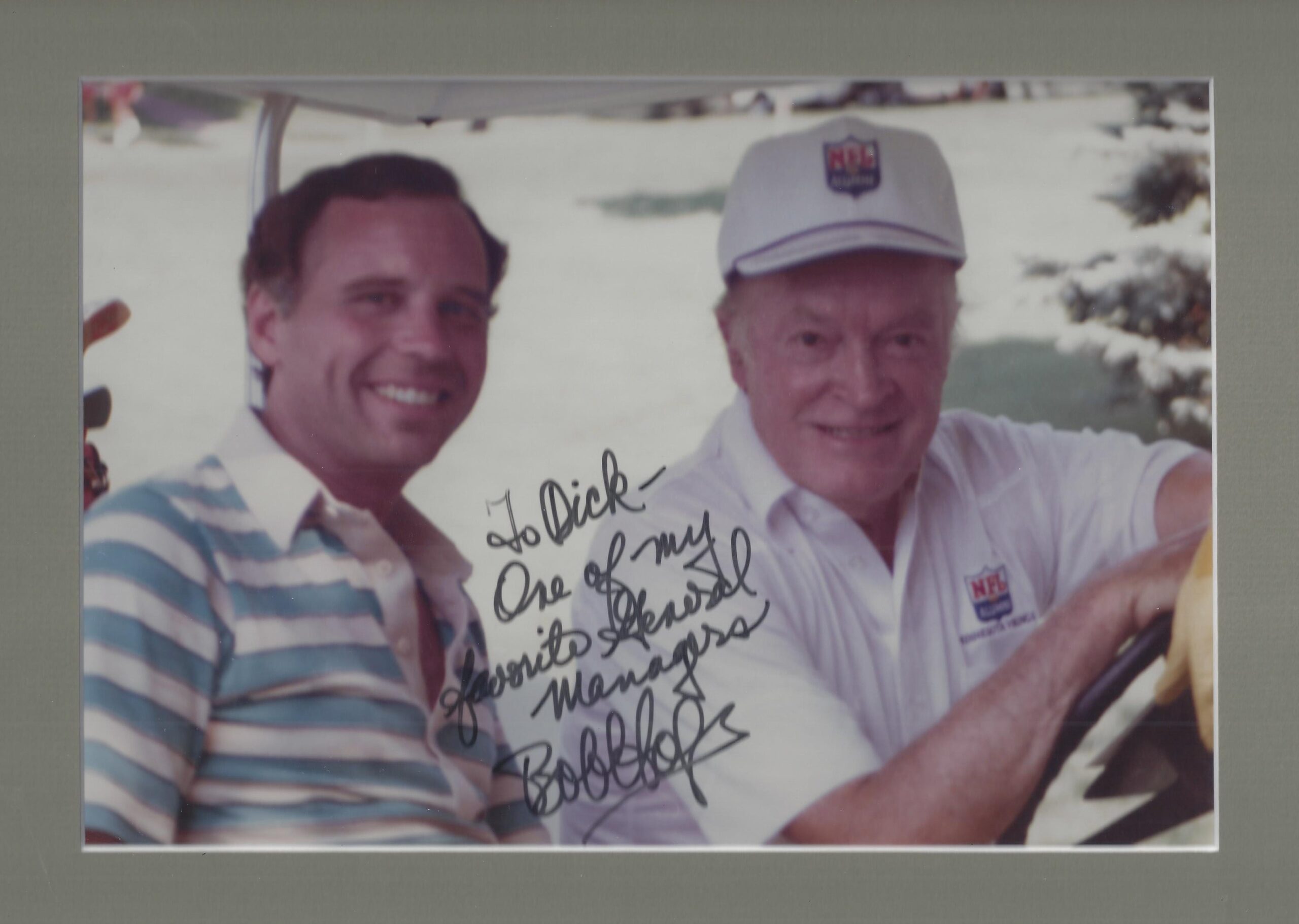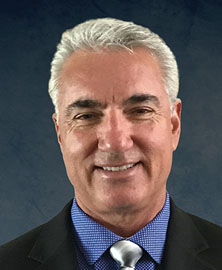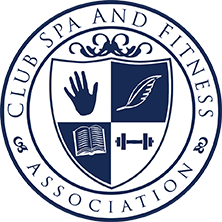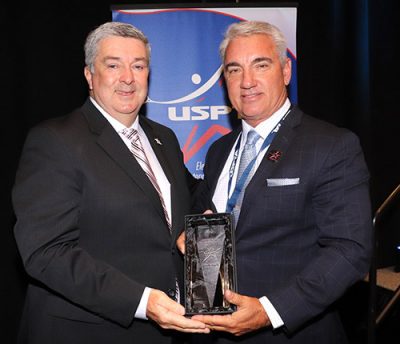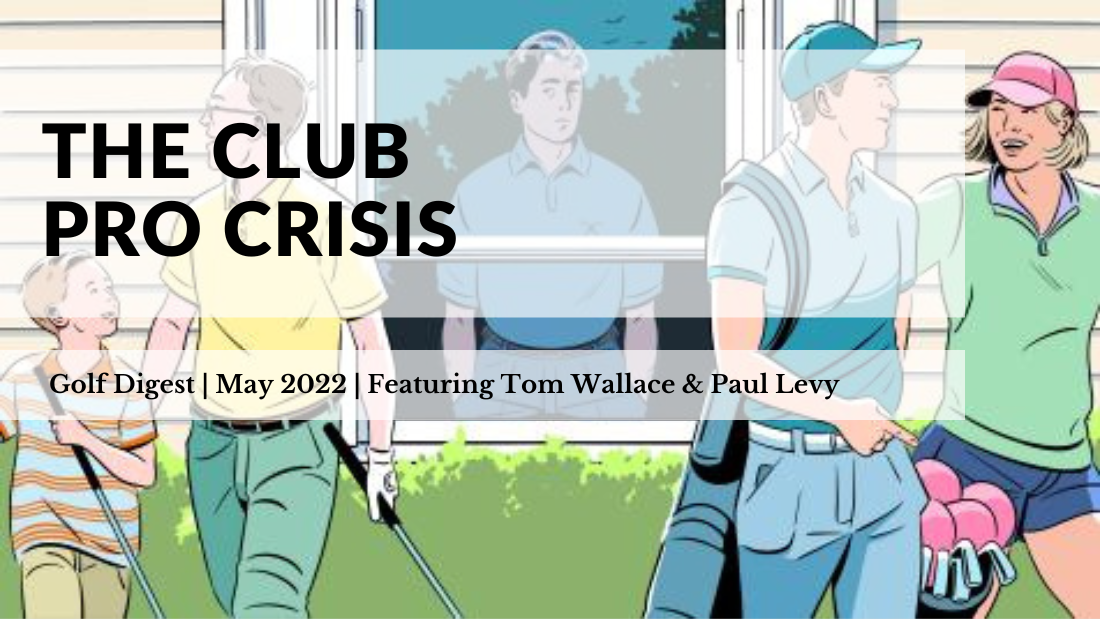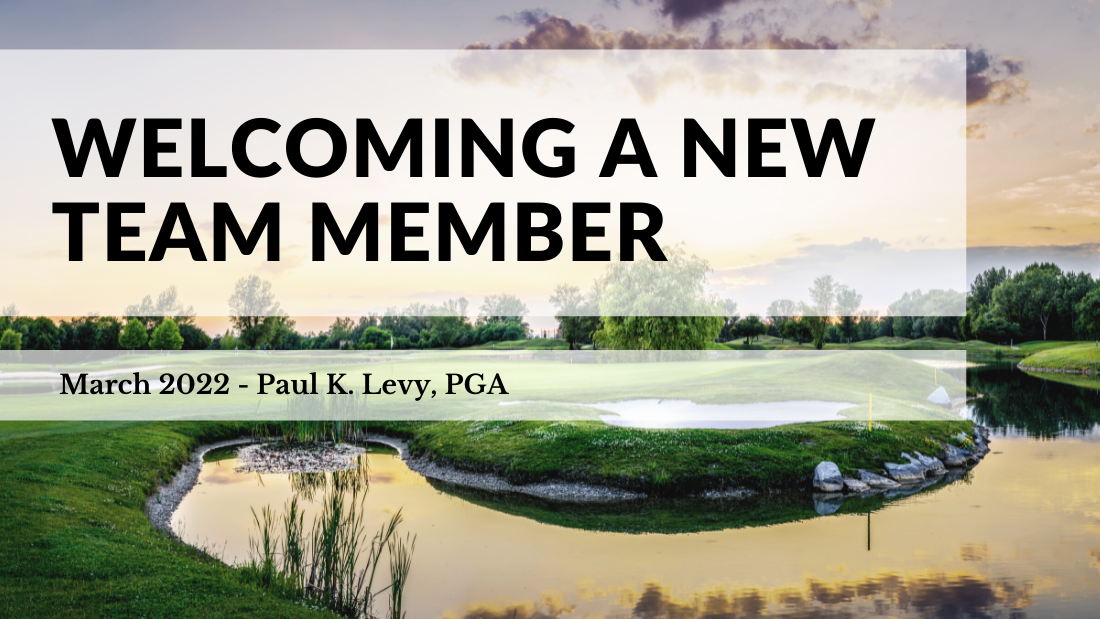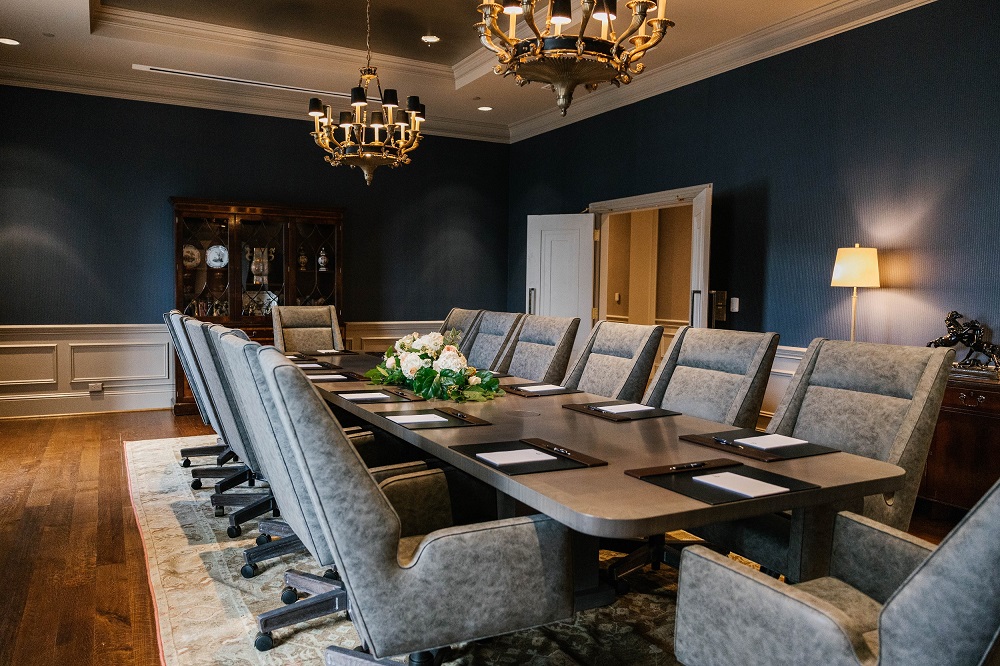How Do Clubs Provide Resources For Rapidly Expanding Racquet Programs?
Racquet sports have long been a staple for many private clubs, but today maintaining a top-quality member experience remains a difficult task because of significant issues clubs face. Clubs are expanding their racquet sports offerings such as tennis, pickleball, paddle, padel, squash and beach tennis. However, many clubs struggle to provide the proper resources for their members because they cannot hire quality staff. Spreading staff members too thin creates difficulty in managing member expectations. Then, of course, there are questions of adequate compensation and a work-life balance. And indeed, COVID-19 has influenced these issues. So, how do clubs cope with this dilemma?
“Work culture, in general, has changed so much since COVID-19, with many employees being able to work remotely from home or their destination of choice, along with very flexible work hours and very competitive compensation packages,” said Boris Fetbroyt, director of racquets at the Philadelphia Cricket Club, Philadelphia, PA. However, it’s impossible for racquet professionals to work from home and most of the time they are at work during major holidays or around their members’ hours when it comes to lessons and clinics. Racquet professionals continue to fight an uphill battle against the general job market. By adding racquet sport after racquet sport, we are and will have trouble managing members’ expectations if proper resources aren’t provided to hire quality staff to grow each racquet program. I truly believe clubs need to get ahead of the general job market and go over the top to get quality staff these days as well as providing a great work culture; this means investing heavily in payroll along with work-life balance,” he espoused.
John Embree, chief executive officer of the United States Professional Tennis Association, says the shortage of quality staff is “not necessarily” the result of the increased demand for racquet programs. The Lake-Nona, the FL-based association founded in 1927, boasts 14,000 members worldwide with 17 divisions in the U.S.
“There is a shortage of tennis teaching professionals because we do not have a pipeline of younger professionals entering our profession. As a result, young college or high school players do not know there is a pathway to a successful career in tennis teaching or coaching. Nor do they view tennis teaching or coaching as an aspirational career,” Embree opined.
“As the older generation of professionals age out, who will take their places in our industry? There will be a mass exodus of professionals in the next 5-10 years but backfilling those positions will not be easy. The other challenge is that compensation packages have not been adjusted for tennis teaching professionals. Tennis teaching is hard work because it requires work at night and on weekends. Most teaching professionals are paid hourly, so they only get paid when on court. Work-life balance is something that the younger generations are trying to navigate, and they don’t necessarily see tennis teaching as an option, especially if they want to start a family,” he expressed.
“Because of the proliferation of alternative racquet sports, tennis teaching professionals must diversify and become certified in these other activities. If the customer wants pickleball, platform tennis, padel or squash, professionals must be trained and certified in those disciplines to deliver programs that their respective membership desires. No longer can a club hire just a tennis professional. They must hire RACQUET SPORTS professionals,” Embree emphasized.
For Jarrett Chirico, director of racquets at Royal Oaks Country Club in Dallas, TX, the issue is leadership. “I don’t believe there is a shortage of quality staff. There’s a shortage of true leadership. The industry has exploded from clubs offering one racquet sport (tennis) to multiple racquet sports per club,” Chirico said.
“Most directors and often general managers have become complacent. Directors must be experts in all racquet sports. They must teach, program and staff at the highest level. If they’re not prepared for the rise of racquets and they’re not experts in all offerings, their staff suffers. If GMs invest in the best directors, then the directors can invest in their people. There has never been more opportunity, but it starts with leadership!” Chirico stressed.
“There is a reason why clubs flourish and clubs fail. If the director is not invested, is not pushing programs and staff forward and is not mentoring, the staff will fail. Likewise, if professionals are not prepared, passionate, and not excited, members will look elsewhere. On the flip side, the clubs that have invested general managers and directors have true leaders. They’re seeing success like never before. So, it’s necessary (always) to invest (whatever it may be) in your people because it’s your people that will take care of your membership,” he articulated.
“Although there’s a multi-pronged answer, the short answer is ‘supply and demand,’” said Len Simard, search and consulting executive with Kopplin Kuebler and Wallace, a major industry consulting firm. “When you see the explosion of participation in the racquet world, it makes sense that the demand for qualified staffing will go hand in hand along with these reasons.
- Less talent is coming into the hospitality field. This includes racquet sports. From Millennials to Gen Zs, fewer racquets’ professionals are entering the business because of quality-of-life issues. It is not as common to see these age groups embrace working longer hours, tougher hours on weekends, evenings and holidays.
- In most clubs, we are seeing a lack of mentorship with existing staff. This is arguably because of overworked DORs (director of racquets) or old thinking models. As a result, racquets employees are not getting the opportunities to participate in new and exciting educational programs, which are
needed to keep them engaged and developing. We also see a high percentage of DORs unwilling to encourage their assistant professionals to get the education they need and ‘head off on their own.’ It’s almost like a trickle-down effect… if they lose their assistant, they can’t find a replacement. - Often the club’s general manager is not current on the latest trends in the industry, including compensation. Certainly, with this recent boom, committees and boards are strategizing from behind.
- Grassroots efforts to attract new professionals to the business have been waning. This is also evidenced by fewer students participating in the PTM programs across the country.
- Many of today’s professionals feel that certification is not relevant. This is misguided, and
- There’s a feeling of complacency amongst some head professionals and DORs. They have reevaluated their life because of the pandemic and are satisfied staying in an existing role even though they could make more money elsewhere and accept new challenges.
How do these issues affect private club racquet programs? “For larger clubs not as much but for smaller clubs considerably,” Simard added. “We have found that clubs always offer vast lesson programs since there is monetary gain. Often, the social, competitive and team events are pushed to the side because of overcrowded courts, lack of staff and time needed to produce a quality event.”
Simard said a private club member’s experience is affected because of:
- Lack of programming
- Visibility of the director of racquets (DOR) has diminished
- Less quality of a pro shop if DOR owned
- Less experienced staff leading classes, running events and performing member-centric tasks
- Higher payrolls to the board, and
- Lack of technology.
“Finding well-rounded racquet sports professionals trained and certified in these alternative racquet sports is not easy. Most have expertise in one, maybe two disciplines but not all. Pros need to understand that they need the tools and expertise to deliver programs for various racquet sports. That is what the members and clubs expect,” Embree reasoned.
“If a club is struggling with proper resources for staffing, they must start using data to see which racquet sports should be offered to their membership. There are many ways to look at data, but two major areas to consider are: which racquet sport generates more traffic and which racquet sport generates more lesson revenue,” said Fetbroyt.
“For example, pickleball generates more traffic based on how many players you can fit on one tennis court, but tennis could potentially generate more lesson revenue as it has a longer learning curve. Another aspect for a private club to consider is if they want their pros to be club employees or independent contractors. Data must be used to make these tough decisions,” he added.
“Paying private club members have high expectations when it comes to racquet sports offerings. They expect the best facilities and pros and trust their management team to provide that. Unfortunately, most clubs struggle financially and have a hard time keeping up with their members’ expectations
and retaining quality staff. In general, clubs always want to provide the best quality service possible, but they must have the proper resources to do so. Over time, as clubs provide more and more racquet sports, the club’s capital needs will also change, with members expecting new facilities to accommodate those new offerings. Again, managing member expectations is crucial in these situations,” Fetbroyt advised.
“The clubs investing in racquets, like mine (Royal Oaks Country Club), are seeing participation double and even triple across the board. The average
crossover rate between racquet sports is 30 percent,” Chirico explained. “The best directors have above a 60 percent crossover rate. That means if you have 100 people playing tennis, 30 – 60 will try pickleball or another offering. The crossover rate means more club usage and, in the end, more value to the membership. Additionally, multiple racquet sports mean more opportunities for the whole family to use their club. And in most cases, at the same time, there’s been a rise in food and beverage services. But, most importantly, there is no longer just golf and tennis because there’s a connection between all amenities and membership tiers. Racquets provide the bridge to a total club experience,” he added.
“There’s been a shift toward racquets over single amenity offerings for the past five-plus years. COVID-19 accelerated that with members wanting outdoor offerings such as paddle, pickleball, tennis etc. This acceleration really highlighted the clubs and staff that were prepared and invested and the clubs that were not. We’ve seen programs explode with success and others fail. But, overall, true leaders adapt, and the industry is constantly changing. The key to success is investing in our leaders so that they invest in their staff. We must never be complacent and always be looking toward the future. That is what we owe our membership, our staff and always our industry,” Chirico stressed.
“As with other outdoor pursuits like golf and pickleball, tennis benefitted from COVID,” Embree said. The sport has grown by five million players over the past two years, as consumers recognize that tennis is a safe and healthy activity. Lapsed players who didn’t play tennis for years chose to come back to the game and new players entered the game as well. In addition, families and kids looked to tennis when other indoor and team sports were shut down in 2020.
“Because there is a shortage of tennis teaching professionals across the country, clubs are scrambling to satisfy the consumer demand. COVID didn’t contribute to the staffing shortage that exists. Instead, COVID has just accentuated the need for more pros,” Embree emphasized.
“People are an investment,” and in Chirico’s opinion, the lack of investment in people remains a major issue in finding competent, high-quality staff. “Our people are our greatest investment. We’re now asking them to do more, be experts in more, and staff for more, but in many cases, not willing to pay them more. That itself is the problem. If we invest in our people, they will invest in their people who invest in our membership,” he added.
Chirico also suggested that the private club compensation structure contributes “100 percent to the issue of finding top-notch racquet staff. “In many cases, GMs turn to search and consulting agencies to understand compensation structure. But it’s never the job of a search firm to dictate compensation. It’s the job of a search firm to understand what the club can pay and then let them know the type of candidate they can find for that amount. There are two issues; one is finding a true leader, the second is keeping them. Leaders are an investment,” Chirico emphasized.
“Absolutely, the compensation structure contributes to the difficulty of finding top-notch staff,” said USPTA’s Embree. “Annual compensation for tennis professionals hasn’t changed substantially over the last 20-30 years. Directors should not have to spend 40 hours or more per week on court to make the standard of living they seek.”
“Unfortunately, too many clubs have structured the financial package for their professional staff, forcing them to teach all the time. With that 40-hour time commitment on court, how much time does that leave for training staff, conducting programming, being customer service oriented for the rest of the membership, or serving as a department head? It is highly recommended that directors be paid a much higher salary, so they only have to spend 10-15 hours per week on the court. That would also allow them more time to focus on the membership and doing what is in their best interest,” he proposed.
“Right now, clubs have been willing to seek out and find professionals at any cost. This has contributed to about a 20-25 percent increase in overall payroll in the racquets departments. However, if clubs have not planned for this expense, they are behind the eight-ball,” search consultant Simard explained. With few to choose from, they need to have a very meticulous developmental pathway for the individual. This includes but is not limited to comprehensive onboarding, continuing education, robust evaluations and recognition and reward.”
Simard agrees compensation is probably the number one issue. “Many of the older compensation agreements reward and incentivize a director of racquets to be on court teaching. This is short-sighted as it stagnates the growth of the program and the member experience,” he lamented. “If a club can offer a larger salary and make some of it back in lesson commissions, then the membership is happy, the DOR is happy and the club flourishes.”
The question remains: Do certification pro-grams offered by different racquet groups help find top-quality professionals?
“Without question. At the USPTA, our certifications include tennis, pickleball, platform tennis and padel. In addition, it is our responsibility to train and educate our membership on all aspects of a racquet sports department, so they are pre-pared to tackle a much broader array of programming that club members expect,” opined Embree.
“Yes and no,” injected Chirico. “A certification can mean so much and yet nothing at all. It is about the person and what they are doing with it. The greatest thing that comes from organizations like PTR, USPTA, CMAA etc., is not the many educational offerings they have (and there are many and they are great) but the network they provide. I’ve always believed in people. The leaders I have met at conferences across the country continue to shape my career today. That platform, those opportunities are because of the many certification programs available. A person can never learn enough. They should always be pushing for more,” Chirico commented.
“Absolutely, if not just to keep them stimulated with new learning ideas and concepts,” offered KK&W’s Simard. “The best clubs offer a pathway to the new ‘mac daddy’ of them all; the University of Florida’s program – Certification; Director of Racquets –endorsed by all three major associations USTA, USPTA and PTR. It deals with all things’ off the courts’ but ensures teaching professionals to see their pathway through the industry helps them to make a career out of their passion. This is similar to the CCM designation in CMAA for club managers,” Simard explained.
“After that, it’s necessary to be certified in all three racquet sports. Tennis, pickleball and platform tennis. The PTR calls this their ‘triple threat’ and offers all certifications through their association. Most clubs are now making education an attraction to draw new employees to the clubs and creating budgets for all professionals to participate in education, conferences, and seminars,” he advised.
Also, clubs can more easily locate certified professionals because of the USPTA and PTR’s resources.
FINAL THOUGHTS
“I cannot stress this point more: private clubs (and all facilities for that matter) need to hire certified professionals and members in good standing with their trade association,” said Embree. “Being a member in good standing means they have paid their annual dues on time, completed the continuing education requirements and are Safe Play compliant by being Safe Play trained and background screened. Professionals who have met these minimal requirements are invested in their careers,” he added.
“The solution is to create a favorable compensation package that benefits the racquets team and make sure clubs are investing in their racquets staff along with great benefits and work-life balance. The question is: How do we compete against the outside world?” Fetbroyt queried.
“I’m a strong believer that challenges are open doors. The obstacle is walking through. Of course, there have always been challenges in our industry, in all industries. But, the ones that face us today are all positive and growth-related. The true obstacle is understanding the need to invest more in our people today than we did yesterday. The more prepared our people, the greater success our clubs will have,” Chirico declared.
Featured Contributor:
Len Simard, PTR, USPTA Master Professional is a search executive and consultant specializing in Racquet Sports and Fitness & Wellness placements, compensation, programming assessments and committee retreats for KOPPLIN KUEBLER & WALLACE. Len can be contacted via email at len@kkandw.com or by phone at 407-463-8923. [Racquets Consulting]
THE BOARDROOM MAGAZINE September/October 2022


